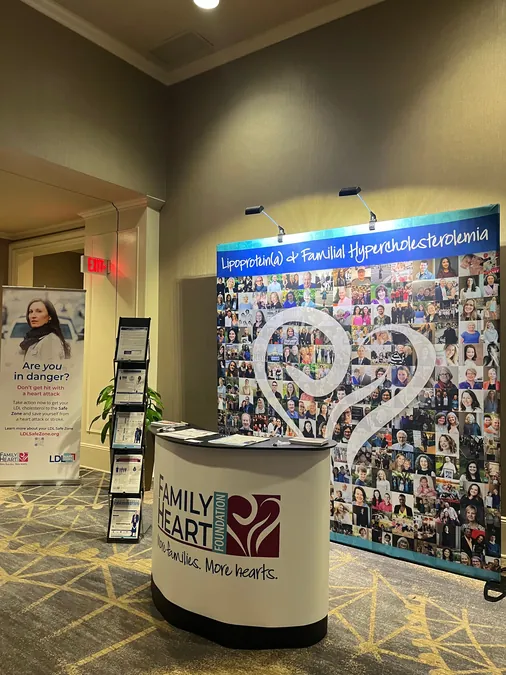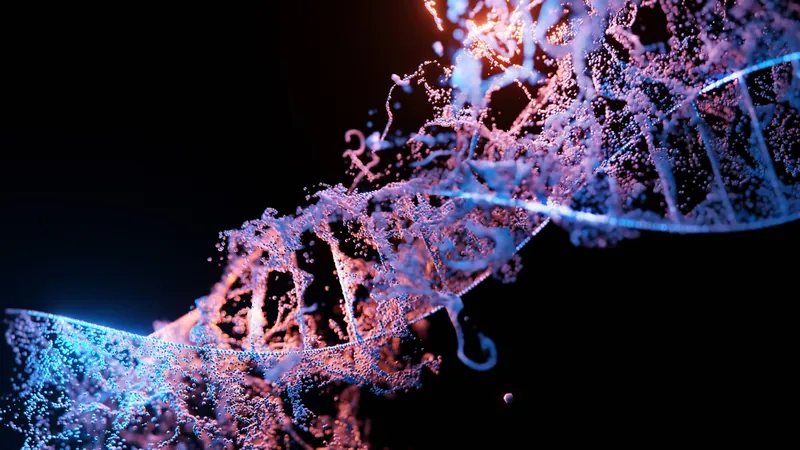
Revolutionary Hybrid Quantum-Classical Computing Unraveling Electron Dynamics in Complex Materials!
2024-10-02
Author: Arjun
In a groundbreaking study, researchers unveil a hybrid quantum-classical framework designed to tackle one of the most challenging problems in modern physics: the Single-Impurity Anderson Model (SIAM). This model is pivotal for understanding how electrons behave in strongly correlated materials, a crucial aspect for advancing technologies like superconductors and high-performance batteries.
By ingeniously combining quantum computing to calculate complex Green's functions with classical computing for simpler tasks, this innovative approach promises to significantly reduce computational hurdles that have long plagued scientists.
Observing Quantum Phase Transitions: A Milestone Achievement!
One of the most thrilling revelations from this study was the ability to observe a quantum phase transition within the widely studied Hubbard model. This phenomenon occurs as materials shift from metallic states, characterized by free-flowing electrons, to insulating states in response to varying electron interaction strengths. Understanding these transitions could be pivotal for engineering novel materials with specific electrical properties—benefiting a range of industries from electronics to energy storage.
The Anderson Model: A Fundamental Puzzle in Physics
Historically, the SIAM has posed considerable difficulties for classical computation due to its inherent complexity. Traditional methods, like density functional theory (DFT), often falter because they assume electrons can be treated independently—an assumption that fails in strongly correlated materials. However, with the researchers employing a hybrid method, they harnessed a five-qubit nuclear magnetic resonance (NMR) quantum processor to perform the most computation-heavy calculations effectively.
Pioneering Physical Experimentation with Quantum-Classical Synergy
Unlike previous theoretical explorations, this study represents a significant leap through its practical implementation. The researchers utilized a feedback loop that allowed the quantum and classical systems to continuously interact and optimize their results. This iterative process was fundamental in observing the fascinating transition from a metallic state to a Mott insulator, marking a significant accomplishment in materials science research.
Scaling Up: Future Prospects for Hybrid Quantum-Classical Systems
As the researchers noted, the potential for scalability offers exciting possibilities. Although current quantum technology remains in its early stages, with limitations such as error rates and a restricted number of qubits, advancements in these areas could empower researchers to tackle even more complex models involving intricate crystalline structures and chemical interactions.
Addressing Challenges Along the Way
Despite these encouraging advancements, several challenges remain. Current quantum processors, with only a limited number of qubits, can only simulate relatively simple models. As the technology evolves, however, researchers are optimistic that enhanced error correction and greater control over qubit dynamics will facilitate the exploration of more complicated systems.
The Road Ahead: A New Era of Quantum-Classical Integration
The hybrid quantum-classical approach explored in this study offers a promising direction for the future of materials science and quantum computing. By adeptly balancing the strengths of both quantum and classical computing, the research opens up new pathways for analyzing electron behavior and could lead to innovations in material design and application.
The integration of quantum technology into practical applications is palpably on the horizon. As scientists continue to break new ground, the implications of this research extend well beyond physics, reaching into fields such as pharmaceuticals, nanotechnology, and renewable energy.
Stay tuned for more astonishing discoveries as quantum technology and material science converge to reshape our understanding of the universe!




 Brasil (PT)
Brasil (PT)
 Canada (EN)
Canada (EN)
 Chile (ES)
Chile (ES)
 España (ES)
España (ES)
 France (FR)
France (FR)
 Hong Kong (EN)
Hong Kong (EN)
 Italia (IT)
Italia (IT)
 日本 (JA)
日本 (JA)
 Magyarország (HU)
Magyarország (HU)
 Norge (NO)
Norge (NO)
 Polska (PL)
Polska (PL)
 Schweiz (DE)
Schweiz (DE)
 Singapore (EN)
Singapore (EN)
 Sverige (SV)
Sverige (SV)
 Suomi (FI)
Suomi (FI)
 Türkiye (TR)
Türkiye (TR)